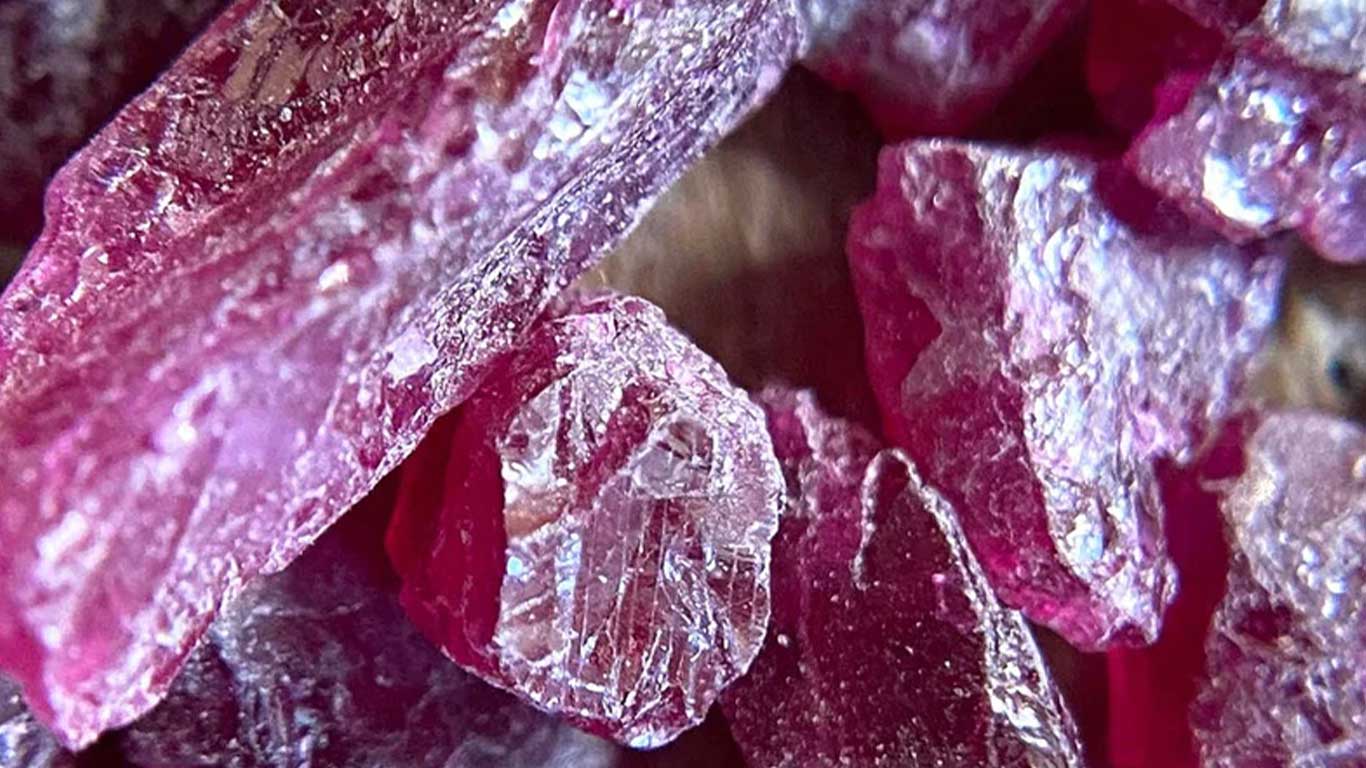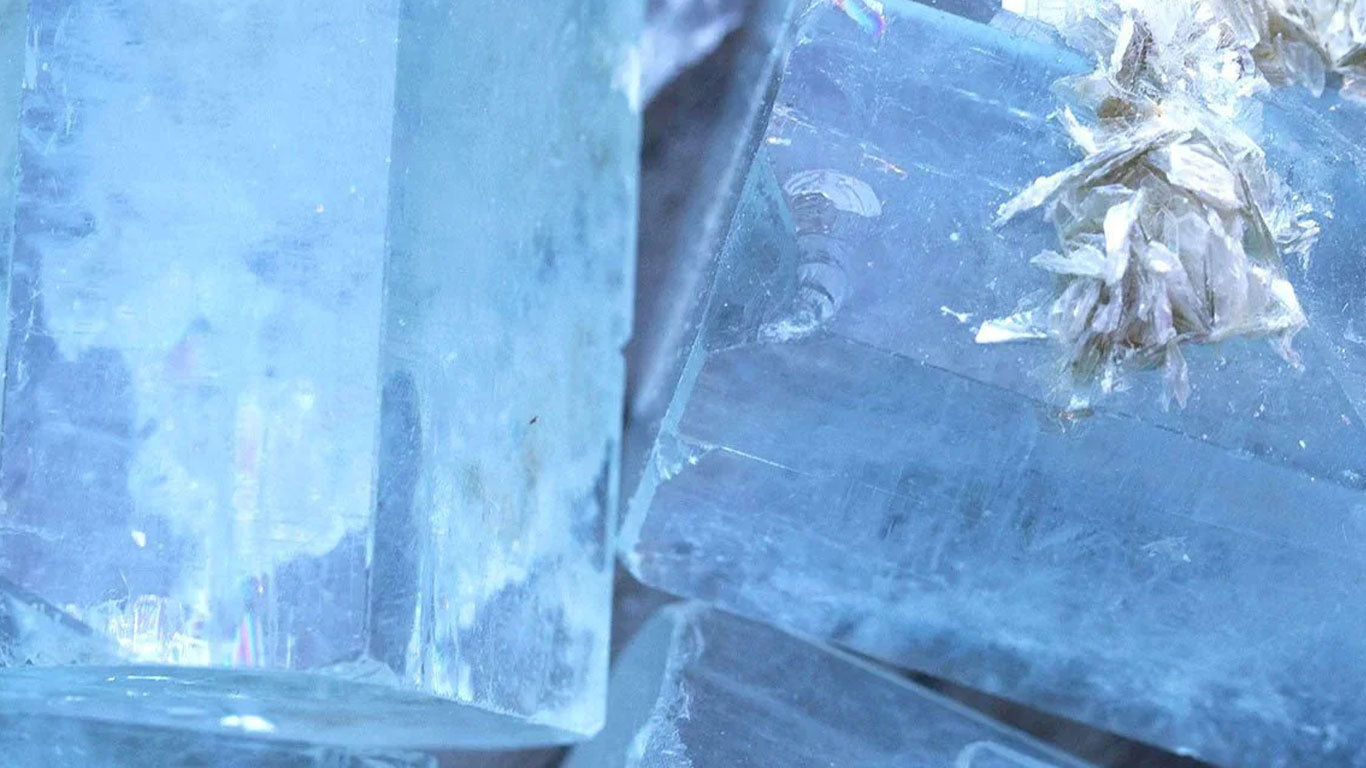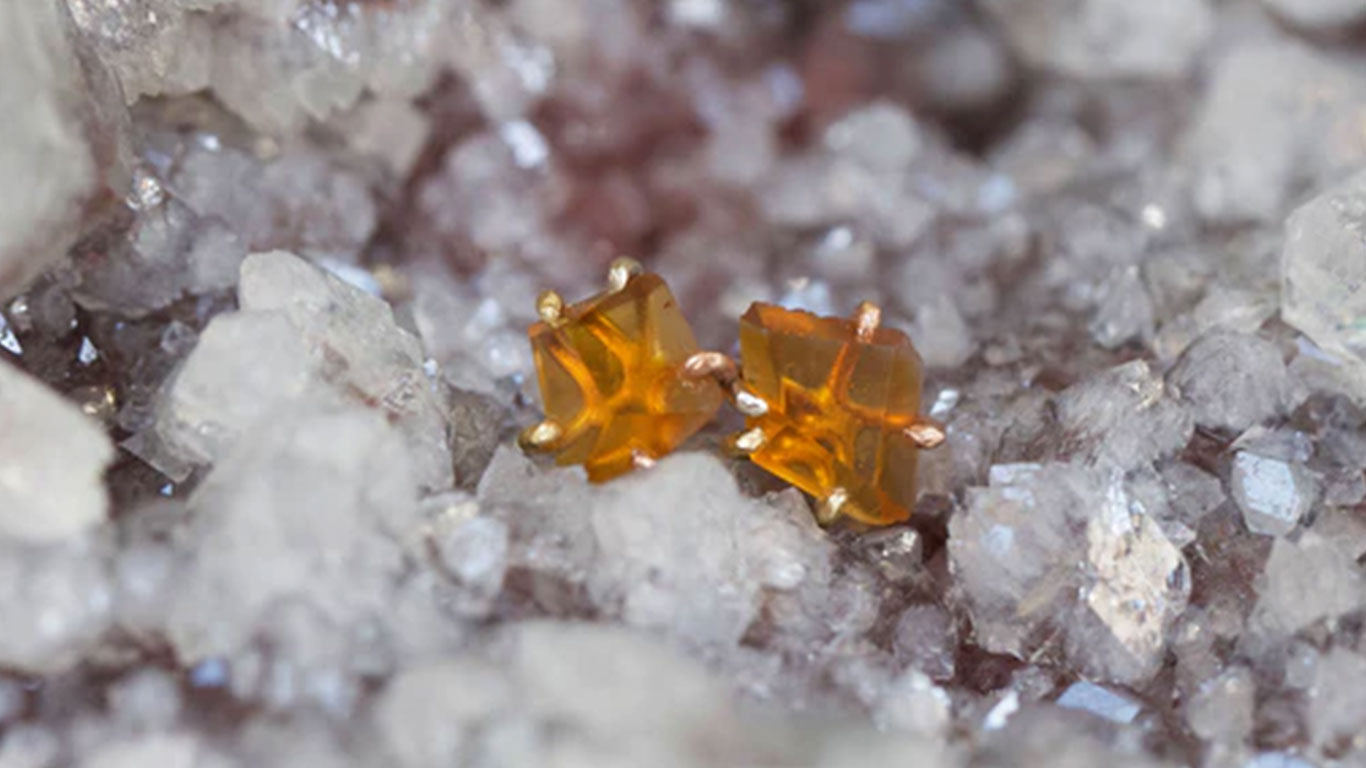
Unveiling the Rich Heritage of Ruby Jewelry: A Journey through its Fascinating History
Ruby is a gemstone that needs no introduction. Rubies have been adored by many cultures throughout history, from east to west and everywhere in between. The fiery red color evokes feelings of passion and charm. Ruby's red has been compared with a red rose and romance. Rubies have long been associated with royalty, beauty, and luxury. Ruby jewelry has been traded across Asia and the wider world since prehistoric times.

Stone Age Miners
Archaeologists have identified stone and bronze tools used for mining in the Mogok region of what is modern-day Myanmar. This region is known to the locals as: "The Valley of Rubies". Evidence of mining dating back to pre-history is extensive. Ruby's hardness is hard to overstate. The sheer effort it would have taken these pre-historic miners, working with just basic stone tools, to dig out and retrieve the rubies from the mine is incredible and shows the lengths people will go to to get their hands on these most valuable precious stones!
Burmese Rubies
It was not uncommon for warriors to insert the rubies into their flesh, instead of wearing pendants or necklaces to further protect themselves. Fine rubies were considered a perfect gift to give to loved ones in ancient China, as these were regarded as a good-luck charm and would bring the recipient good fortune.

Indian Ruby History
Indian jewelry from throughout the ages contains rubies and many pieces of fine art containing gold, white gold, rubies, and other gemstones were created during the days of the Mughal empire.

European Ruby History
In Europe, there was a prevailing belief that ruby and other gemstones were sentient with character traits of their own. People would have found carved gems and jewelry dating from the glory days of Rome before their time but assumed that these were natural. According to mineralogist George Frederick Kunz, a 13th-century author named Ragiel wrote: "The beautiful and terrible figure of a dragon. If this is found on a ruby or any other stone of similar nature and virtue, it has the power to augment the goods of this world and makes the wearer joyous and healthy."
It can be difficult to discern which red gem is which when reading ancient texts, as gems were often sorted simply by color. Therefore a lot of the properties associated with carnelian, carbuncles, garnet, and ruby overlap.

Ruby & Royalty
These styles change depending on the era, the country, and the particular fashion of the day but no matter who was on the throne, ruby was incorporated into all of the styles imaginable. Queen Elizabeth II owned a large collection of ruby jewelry throughout her life. She inherited the Crown Ruby Necklace, originally a gift from Prince Albert to his wife, Queen Victoria. She bought the Baring Ruby Necklace in 1964 and during a State dinner with President Donald Trump at Buckingham Palace she wore a ruby tiara.




